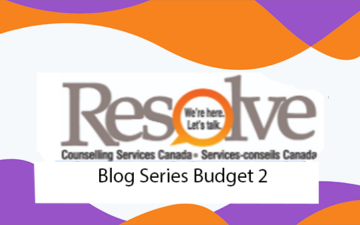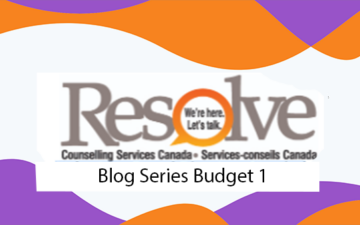Step 1: Spending Habits
The first step to a successful budget is knowing where every penny is spent over a one-month period. Write it all down, carry a small pad with you or keep all receipts. Track all spending including trips to the corner store and the coffee shop.
Step 2: Get Your Money’s Worth
Are you getting the most value for your dollar? These are a few examples of expenses most of us could find a way to reduce: banking fees, grocery bill, phone and cable services, insurance costs, fast food and coffee shop purchases.
Step 3: Prioritize Your Expenses
Let’s face it, we all have expenses that are more important than others. For instance, groceries for the week take priority over Friday pizza night every week. If you really like having a pizza night you could work it into the entertainment portion of your budget every 2 weeks.
Step 4: The Envelope System
Every payday, withdraw the cash that you will need for groceries, gas, entertainment, etc… until your next payday. Put the allotted amount of cash into envelopes that correspond to your budget. When it’s time to buy groceries or gas for example, take the cash you need from the appropriate envelope, and leave your bank card at home. It’s a different experience shopping with cash and a list. You can use a different system but the concept is still the same.
Step 5: Creating an Emergency Savings Account
A major cause of financial trouble is the inability to save money. When we don’t have money in our savings account, we rely on credit every time something out of the ordinary happens . Car repairs, Christmas, and back to school should not be considered emergencies; they are facts of life; we can plan for them. Continuing to use credit for these types of expenses will eventually lead to maxed out credit cards and increased financial stress.
Please do not hesitate to contact us for additional information to help you create and implement your own personal budget.

















Leave a Reply